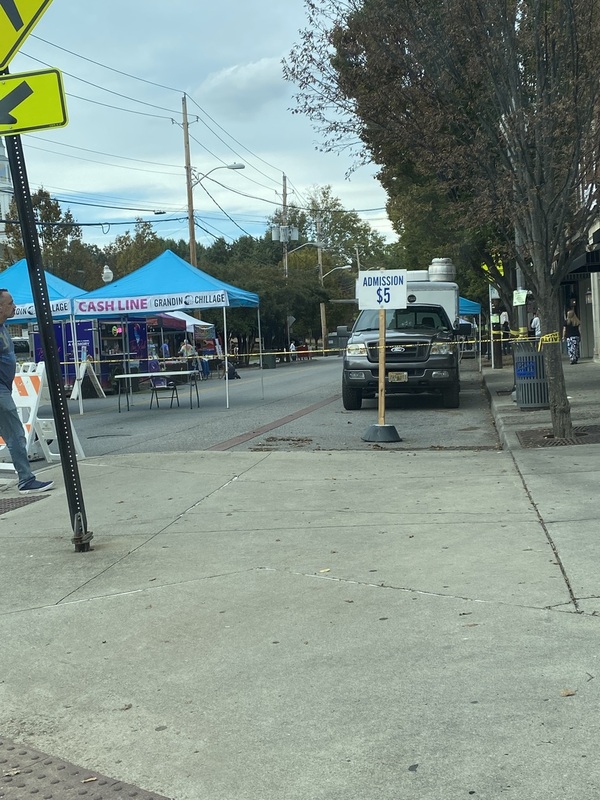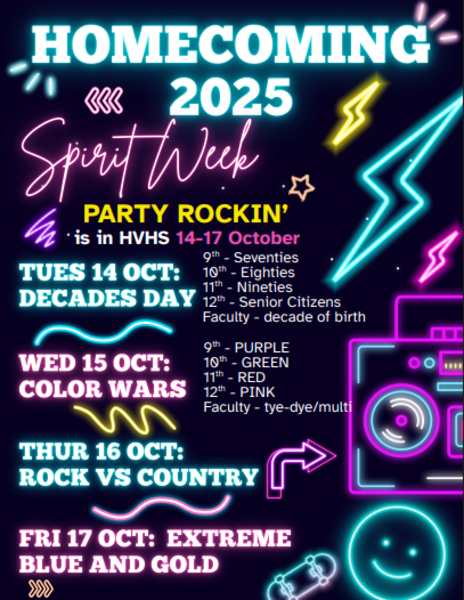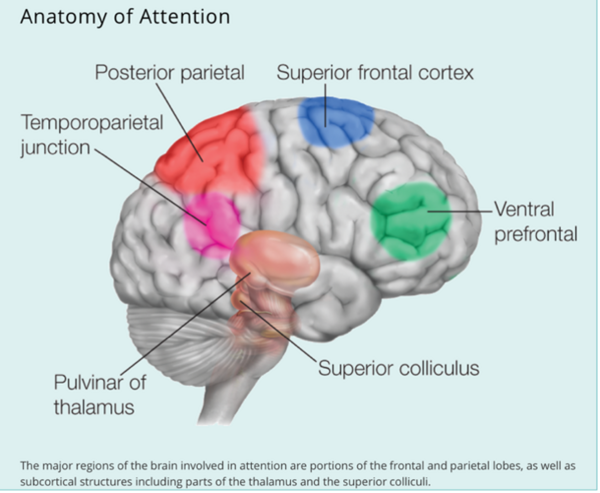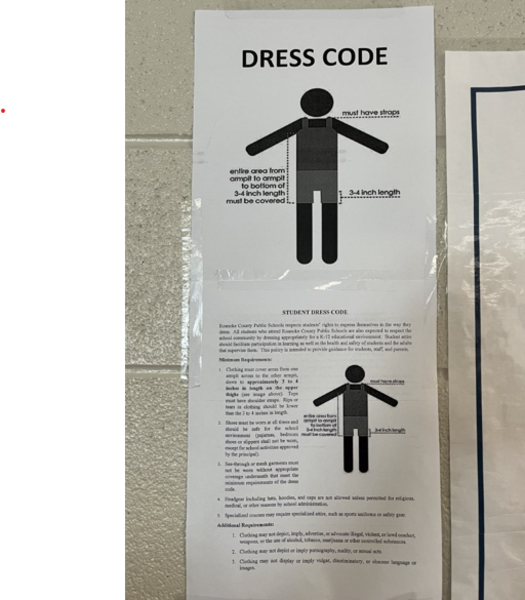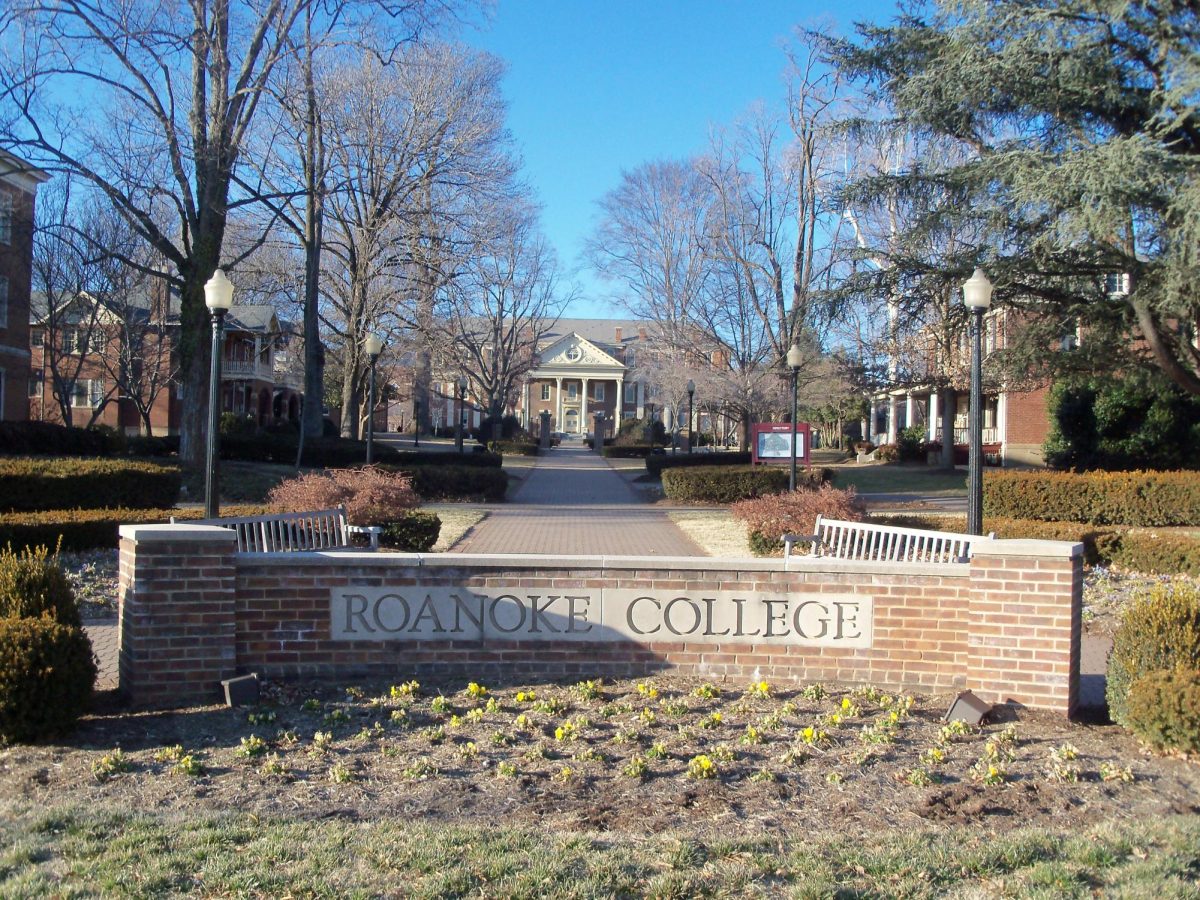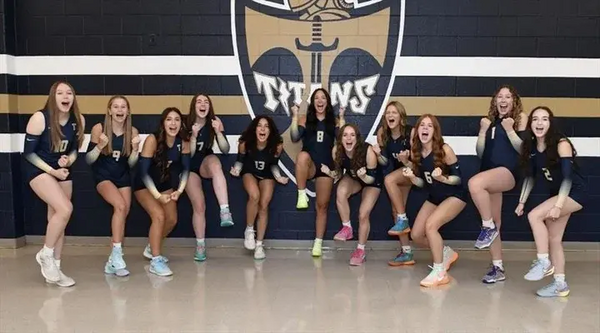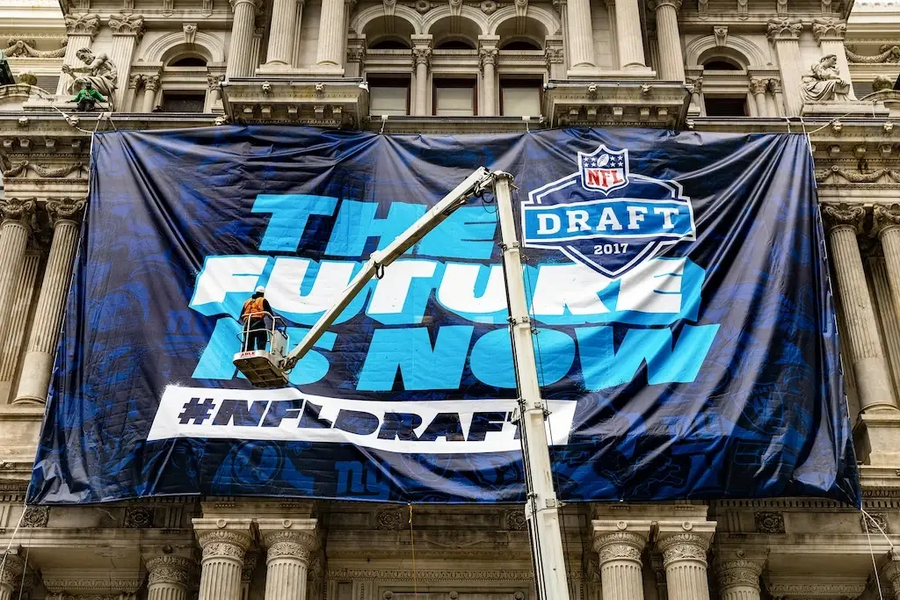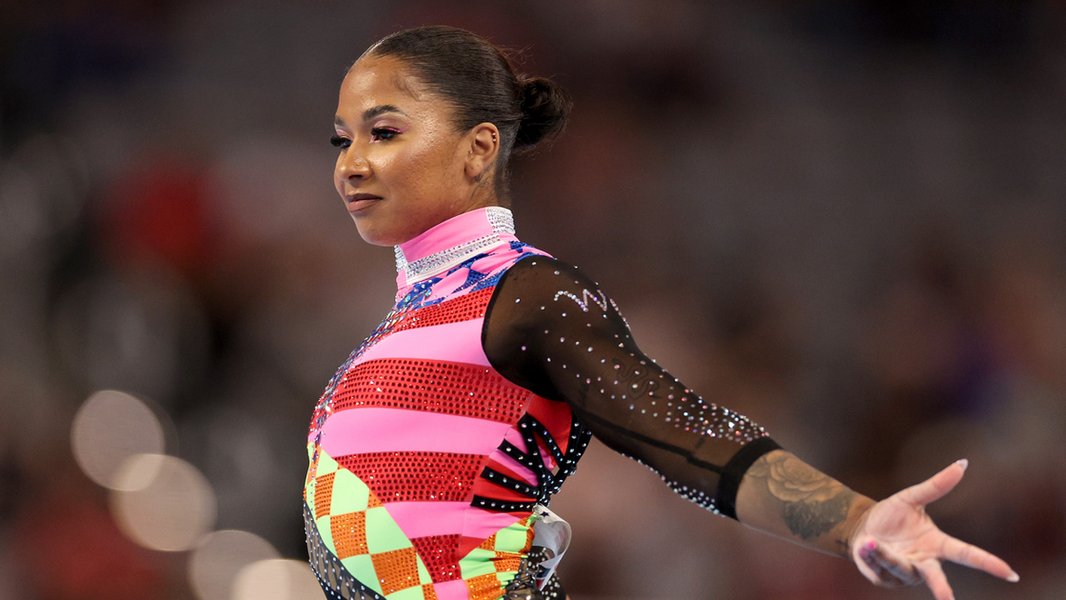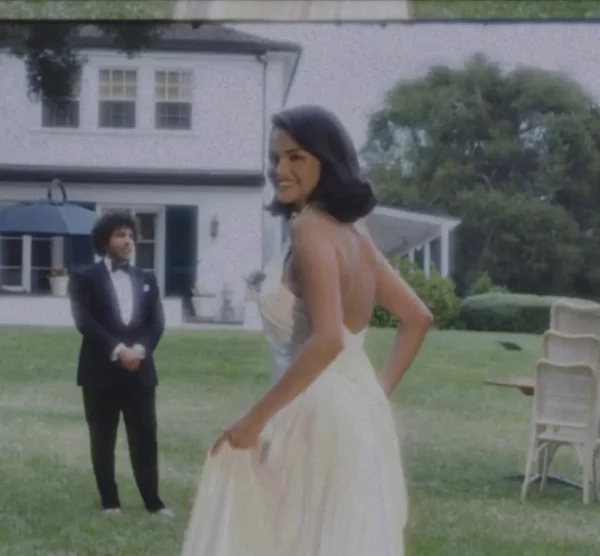Luckiest Girl Alive: a Lesson in Rape Culture

Mila Kunis plays main character Ani Fanelli.
Luckiest Girl Alive Directed by Mike Barker follows carefully curated Ani Fanelli. Ani works hard to make her life perfect. She finds a husband with a pedigree, and a job with edge. We quickly learn that the persona Ani has adopted is her coping mechanism, stemming from the need for credibility. The conflict of this film happened at Ani’s high school, where she was gang raped. Distraught, she wasn’t believed or supported by anyone, including her own mother.
This movie follows the events of the past, and how they came out in the future. The catalyst of this is a Documentarian. The school where Ani went, as well as her rapists, was the location of a devastating school shooting by their peers. The shooters, two outcasted male friends, were friends with Ani and victims of bullying from her rapists’ clique. Ani is hesitant to go on air for the documentary because her only surviving rapist accused her of being involved in planning the shooting as revenge for being spurned.
Once and for all Ani can no longer suppress her rage, she confronts her rapist. This gives her the courage to take a step back from her life and consider what is real and what she designed to be accepted. She decides to end her engagement and write a brutally honest essay on her experience. Her story goes viral by the end of the movie, women could relate to the ostracization and humiliation she was unfairly subjected to.
I think this film was an incredible representation of rape culture, and the deep-seated humiliation women are made to feel when victimized. Ani’s story is unique, but common in the way that she wasn’t believed, and ashamed. Luckiest Girl Alive was a great story with a heart wrenching theme, and a remarkable main character. I give this movie 5 out of 5 shields and recommend that Netflix viewers give it a watch.
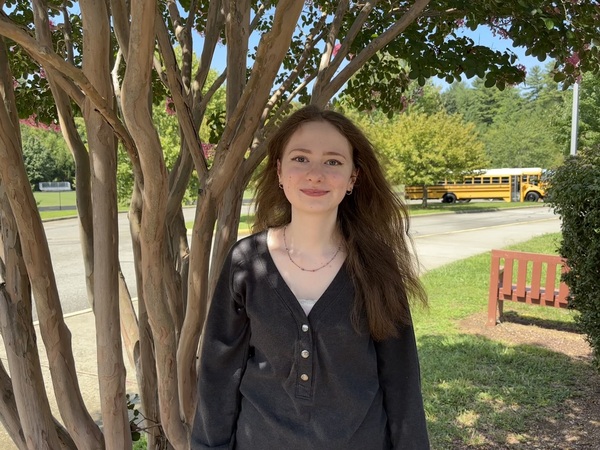
Hello, my name is Caitlin Musser. This 2024-2025 school year will be my senior year, and fourth year taking Journalism at HVHS. This year I am...

